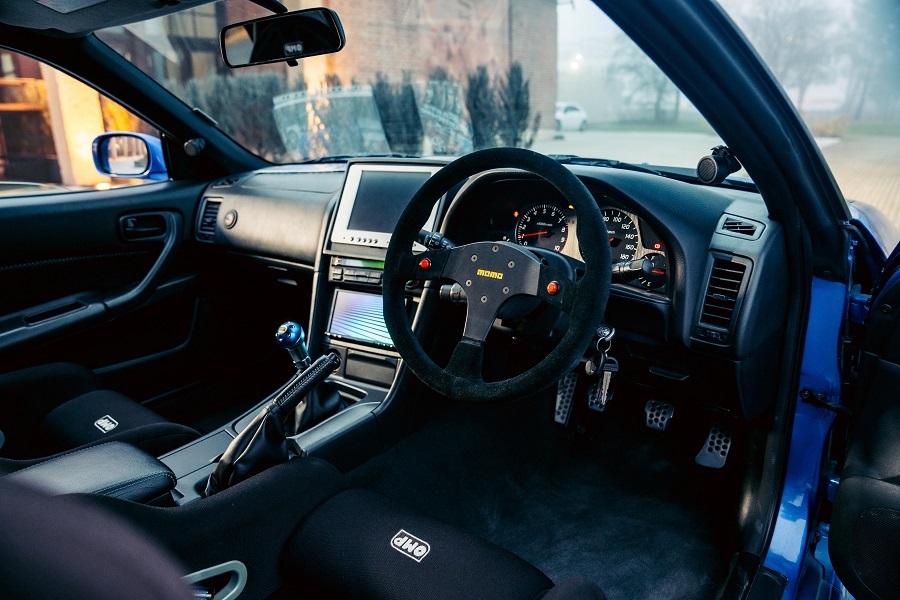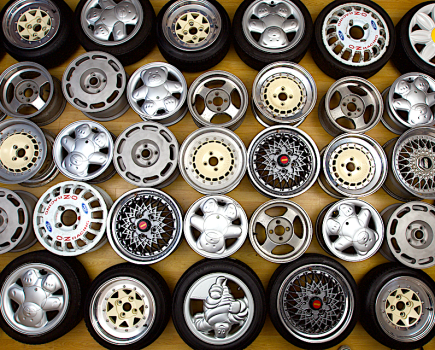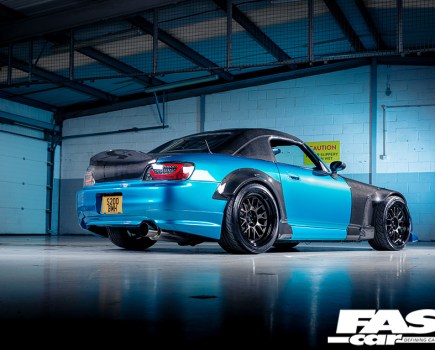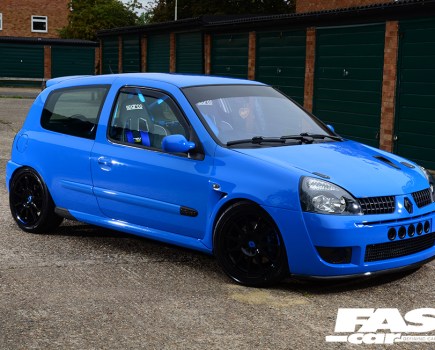If you’re anything like us, you spend more time driving your car than looking at it. So, here are the best car interior modifications you can make.
While it’s important to have a decent amount of power to play with and an entertaining chassis to deploy it all, the interior is arguably the most important part of your car. Well, kind of. It’s certainly the most everyday-noticeable, given that it’s where you sit when you’re driving the thing and you’ve got to have it nice in there. No matter how pretty or quick your ride may be, if it’s got a crummy cabin it’ll really take the edge off. Thankfully there’s all sorts you can do to spruce up a lackluster interior. The aftermarket can furnish you with endless options – and here are our top-ten moves to make it all a bit more splendid in there.
Best Car Interior Modifications
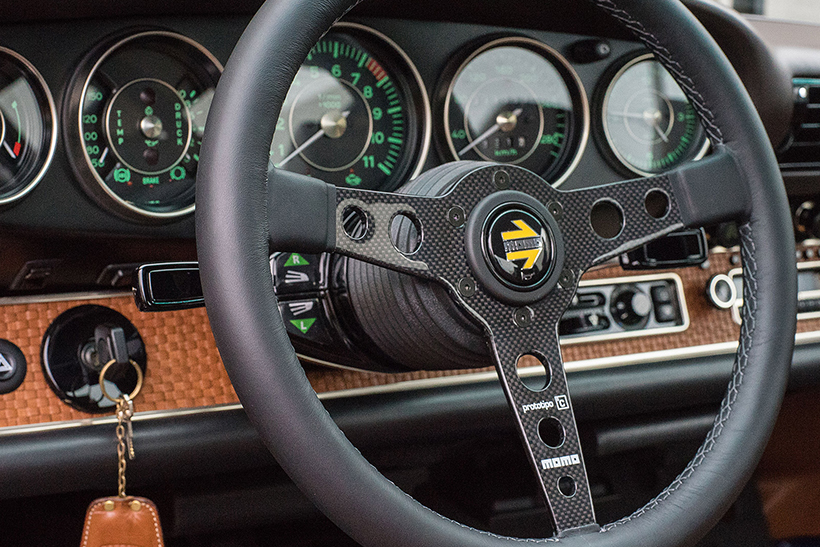
Steering wheel
You’ve got to have a decent wheel, as you’re holding onto it the whole time. The right diameter, the right thickness of the rim, these are all crucial considerations, and preferences are entirely personal. And there are so many steering wheel options to choose from on the aftermarket, with popular choices including the Momo Prototipo (pictured), Personal Grinta, Nardi Deep Corn and T&E Vertex JDM.
Shape is a consideration too – while older readers may vaguely recall the comedy that ensued when the Austin Allegro debuted the square ‘Quartic’ steering wheel, that’s no laughing matter any more – pretty much all OEM Aston Martin steering wheels are essentially square, for example. Meanwhile, flat-bottomed wheels have become the norm in any sporty car you care to name.
It’s worth bearing in mind that you’re very unlikely to find an aftermarket steering wheel with an airbag in it, and simply removing your stock wheel will illuminate your airbag warning light (which is an MOT failure, plus it’ll stop all the other airbags working) – here’s how you get around that.
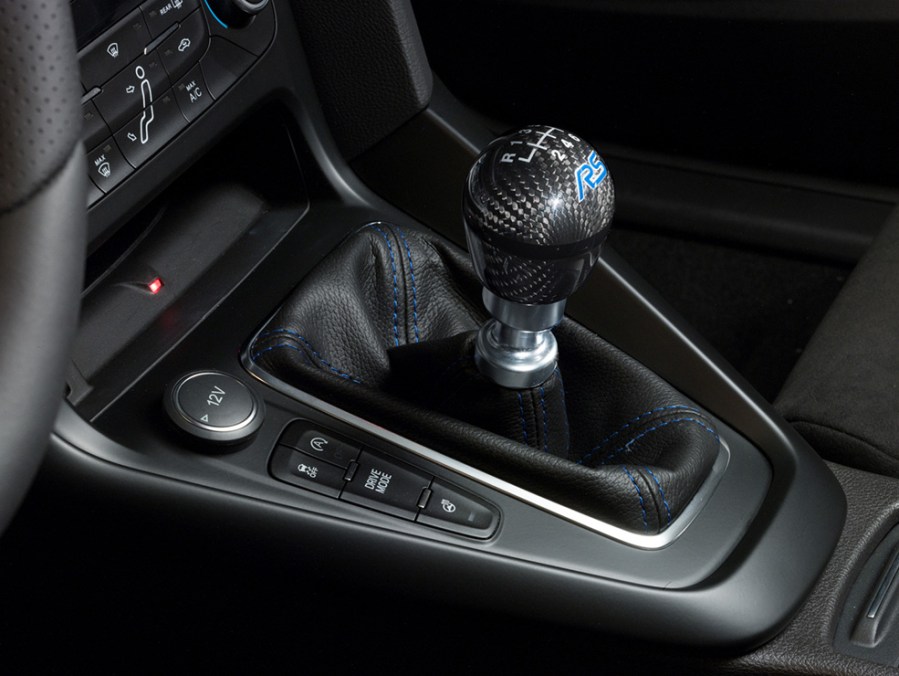
Gearknob
Having an ergonomically pleasing knob is crucial, everyone knows that. Interestingly, this is one area of a car whereby it’s often actually advantageous to make it heavier; for instance, if you’ve got an Integra or Civic Type R with the stock metal gearknob (which is rather lovely in itself), you’ll find weighted aftermarket options available that make it more substantial, thereby improving the feel of the shift action.
This is true of most cars – check out Kode for some cool options. What’s really important is to ensure that your choice is right for you, and also right for your car – for example, you might have a lift-up reverse or similar idiosyncrasy, and obviously you have to make sure it fits the shaft properly too… you don’t want it coming off in your hand at a crucial moment.
It’s not all about utility of course, aesthetics play a crucial role as well. Check out @builtbybasil, who makes custom gearknobs out of recycled skateboard decks!
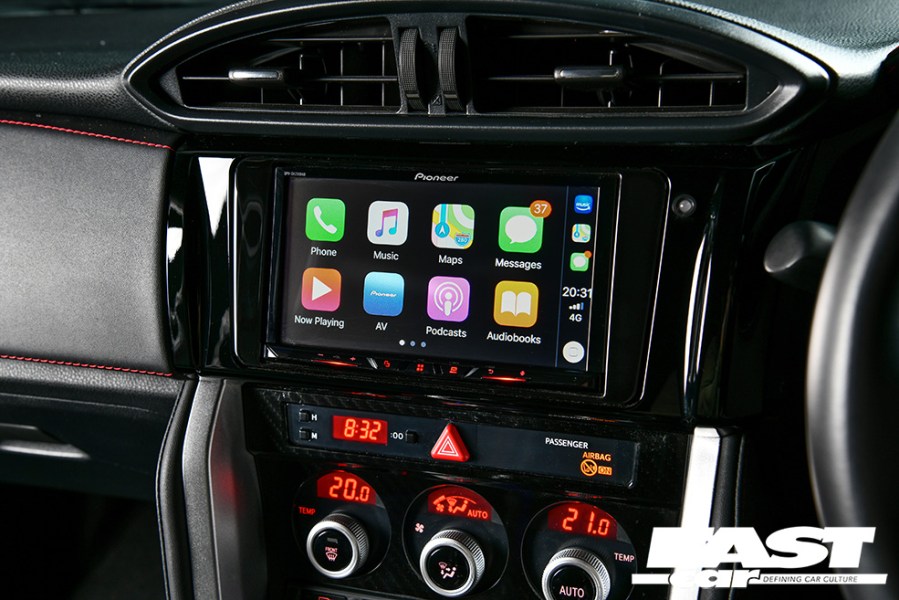
Head unit
Replacing your car’s stereo has been a go-to move for generations. But the game’s moved on a bit from simply swapping a single-DIN CD player with a bunch of dolphins swimming across the display. In a lot of modern cars, the infotainment is so deeply wired into the interface that you can’t just rip it out, although there are software improvements possible, and of course there’s the likes of Apple CarPlay and Android Auto to augment the experience. And slightly older cars can easily be brought into the modern age by swapping in a head unit that offers such features as CarPlay/Android, touchscreen, sat-nav, Bluetooth and DAB radio.
With both older and newer cars, these upgrades can allow you to open up a whole cornucopia of music from the likes of Spotify, Amazon Music and so on – it’s a world away from the old shoebox of cassettes under the passenger seat.
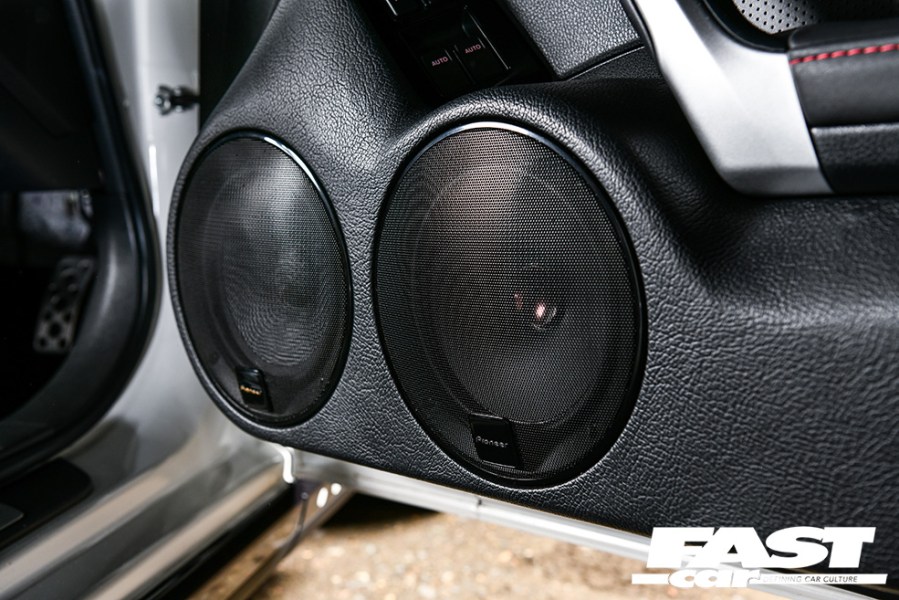
Speakers
Much like the head unit, it’s also been a power move from time immemorial to unscrew the tinny factory speakers and install something of higher quality and fidelity from the aftermarket. And while manufacturers are increasingly fitting better-quality speakers as standard, there are still always improvements to be made.
The question is, how far do you want to go? Drop-in replacements allow you to swap your factory speakers for standard-sized upgrades available off the shelf. That’ll instantly make things a little bit better. But perhaps you want to go more in-depth, and add more speakers in custom enclosures, which will require their own additional amplification. The sky’s the limit really – take a look at our handy guide here.
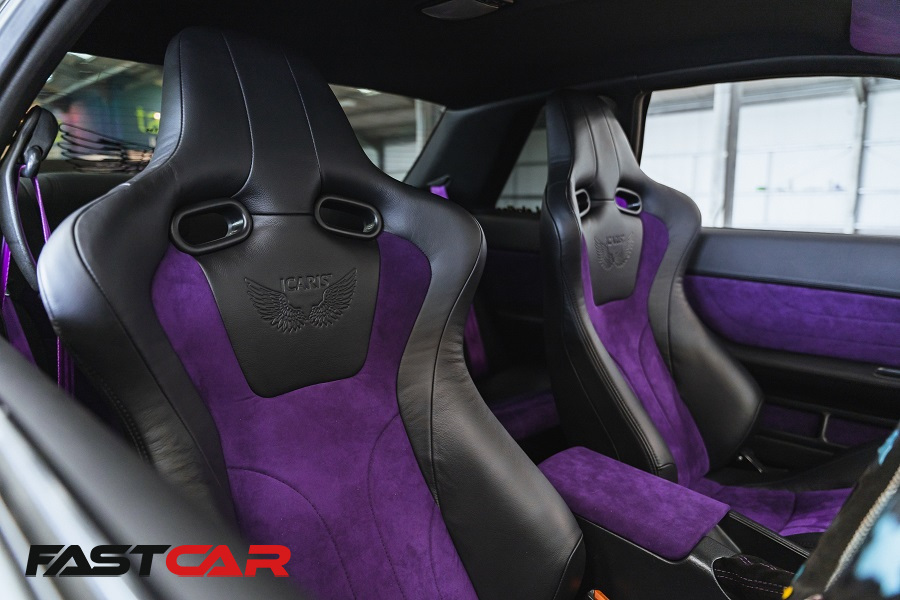
Seat retrim
This is an upgrade that’s going to make a huge difference to your interior experience. Yes, there are oodles of options out there to wholly replace your seats, but perhaps you don’t want to be strapping yourself into a bucket seat every time you pop out for a pint of milk or crawl through the traffic to work?
Retrimming your standard seats will infuse a little premium flair to your everyday driving, and there’s no limit to what you can do. Companies like d:class can help you formulate the ideal vibe, whether it be a simple retrim of your seats in some lovely soft leather, or a full-on cabin makeover in tweed or elephant cord with matching doorcards, pillars and headlining.
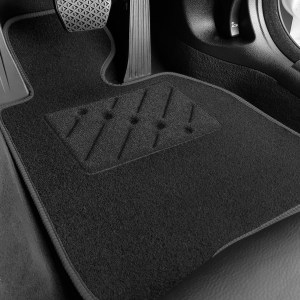
Mats
A much-underrated upgrade, this. You might not pay your mats a lot of heed, and perhaps think that chucking twenty quid at a generic set from the market will do just fine – and perhaps it will, but you deserve better than ‘just fine’, don’t you? A set of tailored mats is what you want, and the ‘tailored’ element doesn’t mean that you have to have them custom made for your car by some snooty Savile Row posho with a tape measure; it simply means that the set is designed for your model of car’s footwells, so they’ll fit around all the edges properly and won’t jam under the pedals.
You’ll find all sorts of grades available too – so whether you want something simple and easy to clean, or something luxurious with a deep pile and embroidered logos, there’ll be something out there just for you.
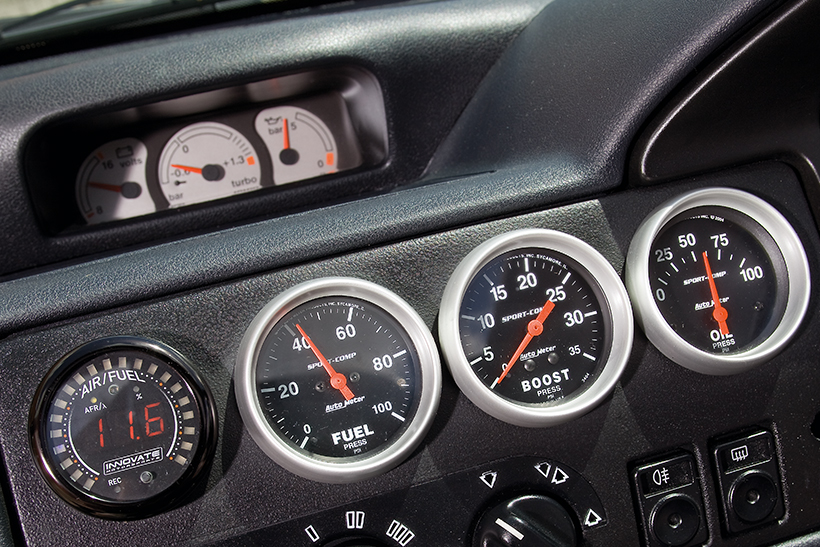
Gauges
It’s interesting to note how manufacturers have seemingly fitted their cars with fewer and fewer gauges over the years. While modern digital dashboards are keen to provide data on range and economy and journey time and so forth, the layout has markedly shifted from a time when cars used to be fitted with specific analogue gauges to keep you up to speed with things like coolant temperature, oil pressure, amperage, oil temperature and so on. But don’t worry, because these are all things that you can add back in!
You don’t have to go full-on ’90s-cruise-scene and cover every inch of your dash in superfluous readouts, there are plenty of tasteful integration options so that you can put a boost gauge in a little pod on your A-pillar, or perhaps within one of the air vents. Multi-gauges are a strong option too, which can integrate all of these types of readouts into just one additional screen – and many of them can take their data straight from the OBD port, which saves you having to drill holes in things. Your car’s full of sensors anyway, might as well make use of them, eh?
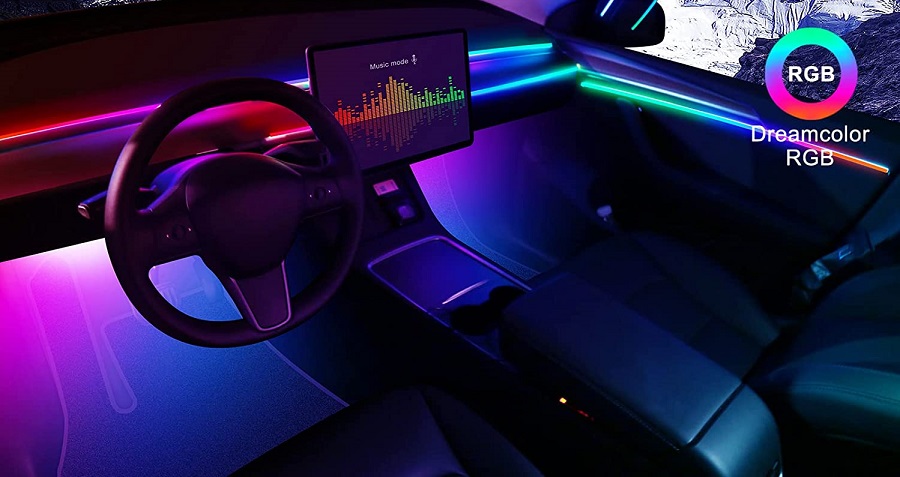
LED lighting
Replacing your soft, dull interior lighting for crisp LEDs is a terrific way to really freshen up the atmosphere in there. There are a number of different ways you can achieve this, with one of the most popular being footwell lighting. Fitting LED strips into the footwells creates a lot of visual impact while also positioning the glow in a place where it won’t be an annoying distraction when you’re driving.
Plus, there are kits out there to provide pretty much any color you can think of – and even pulse the lighting to the beat of your music. You can also accentuate other areas of the cabin by using LED wire to wrap around the trim panels in the dash and doorcards, as well as fitting LED trim kits into your door sills to welcome you into the car with lovely bright colors. We’ve got a whole guide about it if you want to learn more.
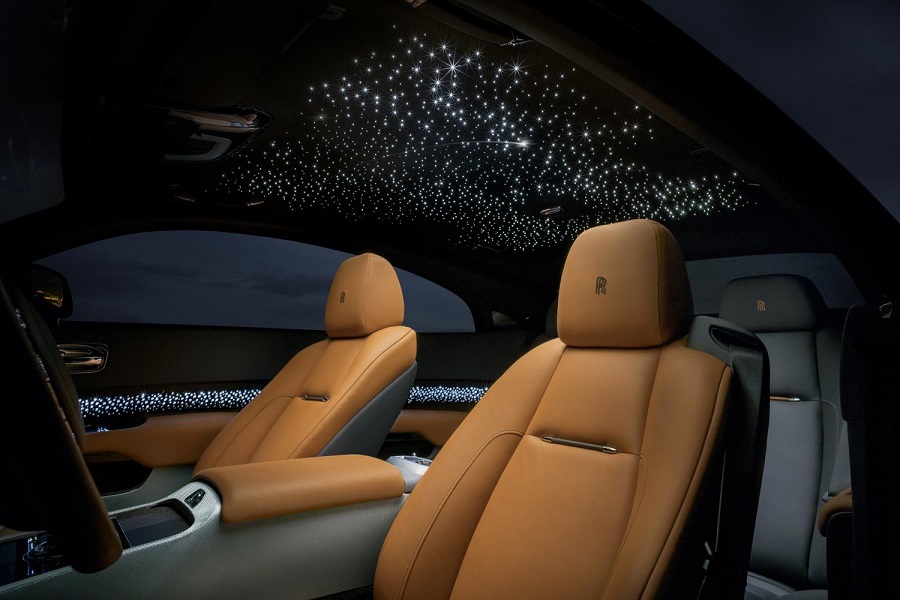
Starlight headlining
Rolls-Royce came up with this idea first. Indeed, after the concept debuted a while back, I happened to be in the Rolls-Royce factory where they showed me first-hand how all of the separate fiber-optics for the starlight headlining were painstakingly fitted by hand, mapped out specifically to show the night sky over Goodwood on the day the factory opened (and, of course, customers can spec any area of the night sky on any chosen date if they prefer).
But you don’t have to drop six figures on a Roller to get stars twinkling in your roof. The equipment is available on the aftermarket to make it yourself, whether you’re retrimming the headlining and feeding LEDs through as you go, or simply fitting a whole new headliner board that you’ve filled with stars while it’s out of the car. Whether or not you’re displaying specific constellations depends solely on whether you can be bothered, frankly, but whichever way you do it, the impact is impressive. And you don’t even have to make it from scratch – full kits are available from various sources.
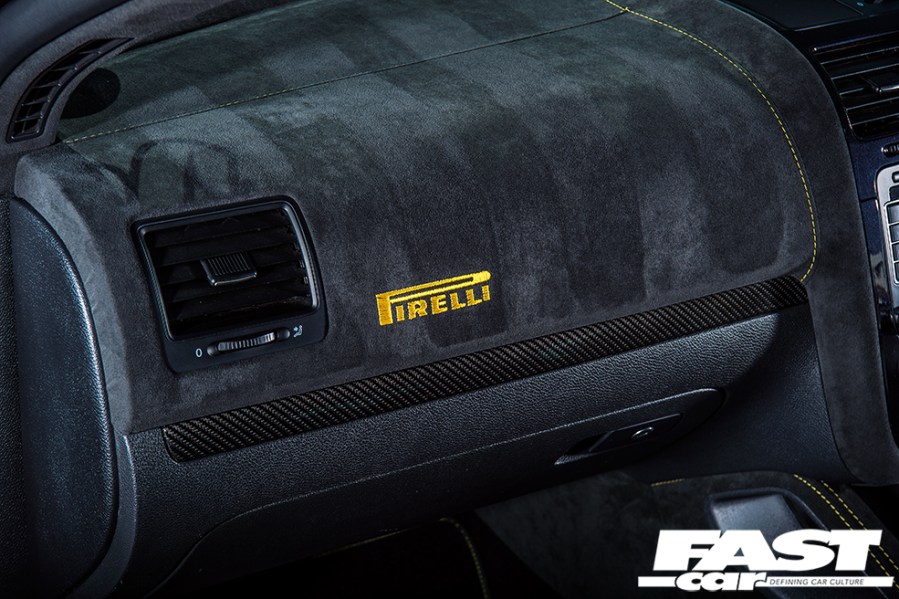
Flocking
This is a motorsport-derived mod that has real-world practical applications. The idea is to eliminate glare and reflections on your windscreen so that when you’re driving on a sunny day, you’re not squinting through a reflection of your own dash-top. Some cars’ dash designs are more susceptible to this than others, but we’ve all been victim of it at some time or another.
What is flocking? Well, essentially it’s a process of covering a surface with thousands of tiny little fibers, which are cleverly applied via the medium of a high-voltage electric field – so if you’re getting your dash flocked, the dash would be earthed while the flocking machine fires out the flock with a negative charge, and once the surface is coated you’re left with a matte glare-free finish. It’s not just for dash-tops either – why not make everything match? Your pillars, doorcards, center console and cubbyholes, it’s all fair game.

